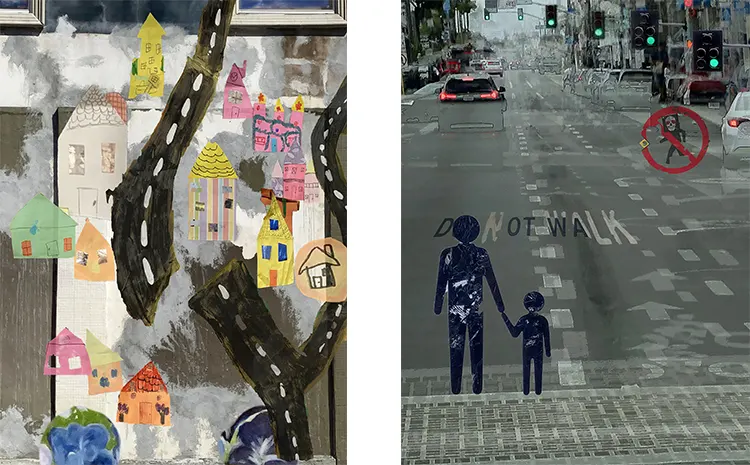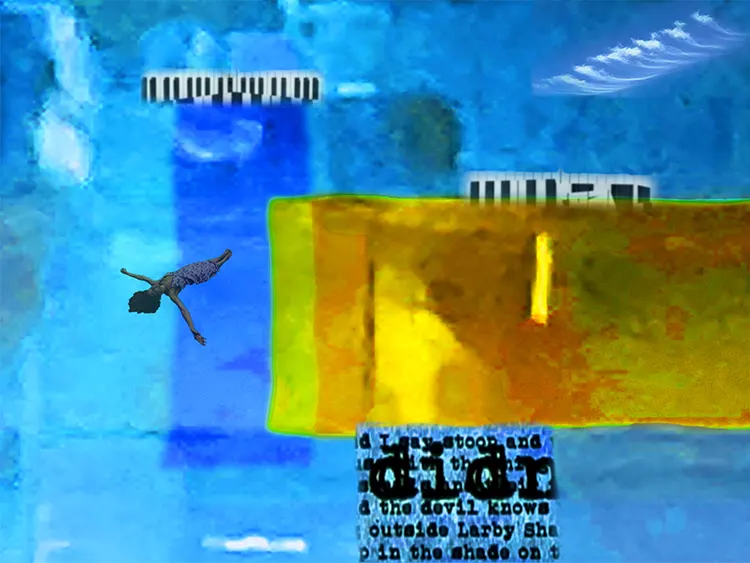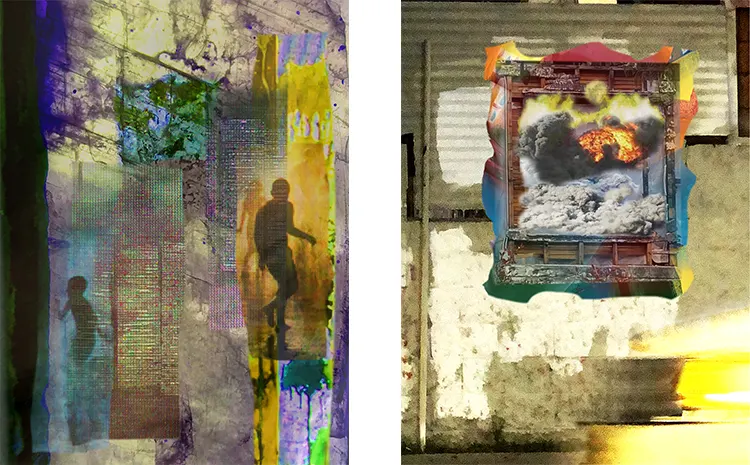“I’ve always been a photographer. I can see where I could combine different elements down the road.”
Bridging Worlds: From Architecture to Photography
Raúl Vega, an artist whose journey into the world of photography is as compelling as his works, embarked on his artistic path rooted in the discipline of architecture. His academic tenure, especially a transformative year in Florence, Italy, not only honed his visual acuity but also cemented his resolve to pursue photography. This profound exposure to art across various periods imbued Vega with a unique visual sense, a tool he adeptly applies to his photographic endeavors. His transition from architecture to photography wasn’t abrupt but a well-contemplated decision, influenced by his deep-seated appreciation for aesthetic and form. The rigorous training and the immersive art exposure in Florence provided Vega with a foundation that would later influence his distinctive approach to photography.
Vega’s entry into the photographic landscape was marked by an eagerness to embrace the digital revolution. Returning to school 15 years ago to master new digital platforms was a pivotal moment in his career, marking the beginning of an evolutionary journey in photo art. Initially, Vega could not have anticipated the direction his career would take, but his openness to evolution played a crucial role in his development as an artist. His background in architecture, combined with a newfound mastery of digital tools, allowed him to explore and define a unique niche within the photographic domain, blending traditional elements with contemporary digital artistry.

Raúl Vega: A Symphony of Abstract and Literal Worlds
Raúl Vega’s artistic style is a mesmerizing blend of abstract and literal representations, a testament to his sophisticated visual sense developed through years of exposure to diverse art forms. His works are a rich tapestry of street art, cultural iconography, color, and texture, seamlessly integrating the mundane with the extraordinary. Vega’s approach to photography transcends mere visual documentation, inviting viewers to explore deeper narratives woven into the fabric of his images. This unique style reflects a confluence of influences, from the abstract expressionism of Helen Frankenthaler to the color theories of Josef Albers, and the pioneering photo art of Guy Bourdin and Hiro.
The themes Vega explores are as diverse as his influences. His portfolio is a testament to his ability to capture the essence of his subjects, whether it’s the raw energy of street art or the nuanced interplay of light and shadow. Vega’s work environment is a sanctuary of creativity, where music and technology are constant companions, aiding his artistic process. Distractions, rather than being obstacles, are embraced as sources of inspiration, allowing Vega to maintain a dynamic and fluid creative process. This approach has led to the creation of works that resonate with both the artist and his audience, such as “Dancing in the Street,” a piece that harmoniously blends elements of Richter’s abstraction with playful, dancing figures, underscored by the nostalgic echoes of Martha and the Vandellas’ classic hit.

Raúl Vega: Influences and Inspirations
The artistic journey of Raúl Vega is deeply rooted in the rich soil of historical and contemporary art influences. Artists such as Marcel Duchamp, Helen Frankenthaler, Josef Albers, Gerhard Richter, and Sigmar Polke have played pivotal roles in shaping Vega’s aesthetic and conceptual approach to photography. These influences, spanning the realms of Dadaism, Abstract Expressionism, and beyond, have imbued Vega’s work with a depth and complexity that defy simple categorization. Duchamp’s innovative approach to art, challenging conventional perceptions of artmaking, resonates with Vega’s embrace of randomness and serendipity in his creative process. Similarly, Frankenthaler’s pioneering use of color and Albers’ exploration of color theory have influenced Vega’s nuanced use of hues and textures, enabling him to create images that captivate and engage the viewer on multiple levels.
Vega’s early inspiration from photographers Guy Bourdin and Hiro further underscores his commitment to pushing the boundaries of traditional photography. Bourdin’s narrative depth and dramatic use of color and Hiro’s meticulous composition and lighting techniques are evident in Vega’s works, which often juxtapose the abstract with the literal to create visually striking narratives. This synthesis of influences has enabled Vega to develop a distinctive style that is both reflective of his predecessors’ legacy and distinctly his own. Vega’s dedication to exploring the interplay between different art forms, combined with his architectural background, allows him to construct images that are as structurally sound as they are aesthetically pleasing, offering viewers a multi-layered experience that transcends the visual.

Embracing the Evolution: The Future of Vega’s Artistry
The future of Raúl Vega’s artistry is a canvas as expansive and promising as his past endeavors. Vega’s openness to experimentation and his embrace of digital platforms signal a continuous evolution of his craft. While he remains firmly rooted in photography, his curiosity about combining different elements and the potential of emerging technologies suggest an exciting trajectory for his work. Vega’s artistic process, characterized by a blend of intention and spontaneity, allows him to remain receptive to new ideas and opportunities. This approach is exemplified by his attitude towards his work environment and the role of distractions, which he views not as hindrances but as integral components of his creative process.
Vega’s projects are often born out of serendipitous encounters rather than preconceived plans, highlighting his belief in the power of the unexpected to fuel creativity. This philosophy, coupled with his technical skill and visionary approach, has positioned Vega as a dynamic force in contemporary photography. As technology continues to evolve, it is clear that Vega’s artistry will also transform, potentially incorporating new mediums and methods. However, the core of Vega’s work—the profound connection to his subjects and the exploration of complex themes through visual narratives—will undoubtedly remain constant. This commitment to growth and exploration ensures that Vega’s future projects will continue to captivate and inspire, as he continues to navigate the ever-changing landscape of art with the same curiosity and openness that have defined his career thus far.






